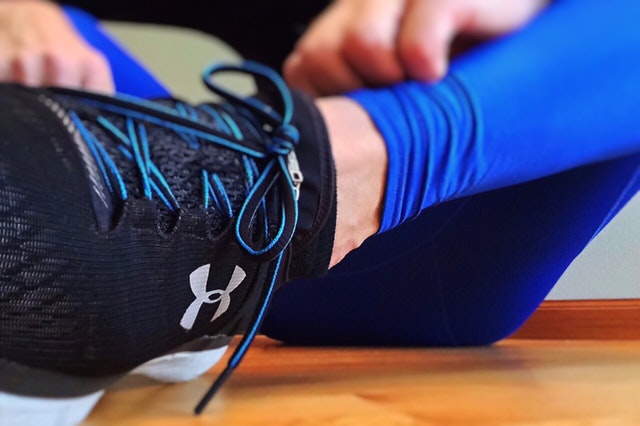Leg pain can affect your day to day life in a big way. It can cause problems when you walk, prevent you from sleeping, ruin a workout, prevent you from spending time with your family, and even cause you to miss work. The pain may be sudden, or you may notice it gradually getting worse over time. It may be constant, or it may come and go. No matter what type of leg pain you experience, you should see a doctor right away if the pain:
- Lasts for more than few days
- Prevents you from walking or putting weight on your leg(s)
- Causes warmth, swelling, or redness in your calf
- Is accompanied by trouble breathing
- Causes both legs to swell
- Is caused by a serious injury with exposed tendon or bone
Common Causes of Leg Pain
Because leg pain is such a general symptom, any number of health problems might cause it. Overuse or injuries to the joints, muscles, and bones are two of the most common reasons you you may experience pain and discomfort in the legs. Poor circulation, blood clots, arterial insufficiency, and varicose veins may also come into play. Even back problems or issues like sciatica can be the culprit. Finally, conditions and diseases like rheumatoid arthritis, tendonitis, infections, bursitis, gout, and cancer can cause leg pain.
When You Visit the Doctor
If you make the decision to see a doctor about your leg pain, he or she will take steps to alleviate your discomfort while getting to the bottom of the root cause for the pain. Once you and your doctor know the cause, you can discuss further options for treatment.
Treatment Methods for Some Common Leg Pain Causes
Varicose Veins: Sclerotherapy is commonly used to treat varicose veins, depending on the severity. This involves injecting a solution into your vein so that it will scar and close up. Not only does it help with leg pain, but it can reduce the appearance of unsightly veins.
Sciatica: Sciatica is common in people who sit or stand for long periods of time. Surgical methods can be used to alleviate it, however, most doctors will try nonsurgical solutions first. These might include steroid injections, muscle relaxants, prescription NSAIDs, or physical therapy.
Joint Injuries: Injuries to your joints, particularly your knees, can cause leg pain, and they may also be treated with prescription NSAIDs, muscle relaxants, or steroid injections. Topical creams and physical therapy may also come into play. If none of these work, surgery may be needed, depending on the type of injury.
Deep Vein Thrombosis: DVT or blood clots in the leg can become serious if they grow larger or make their way to your lungs. The goal is to prevent that, as well as to prevent clots from returning to your legs. Your doctor may describe anticoagulants (blood thinners), though for more serious cases, he or she may recommend thrombolytics administered through a vein or catheter into the clot. Thrombolytics must be given in a hospital setting.




